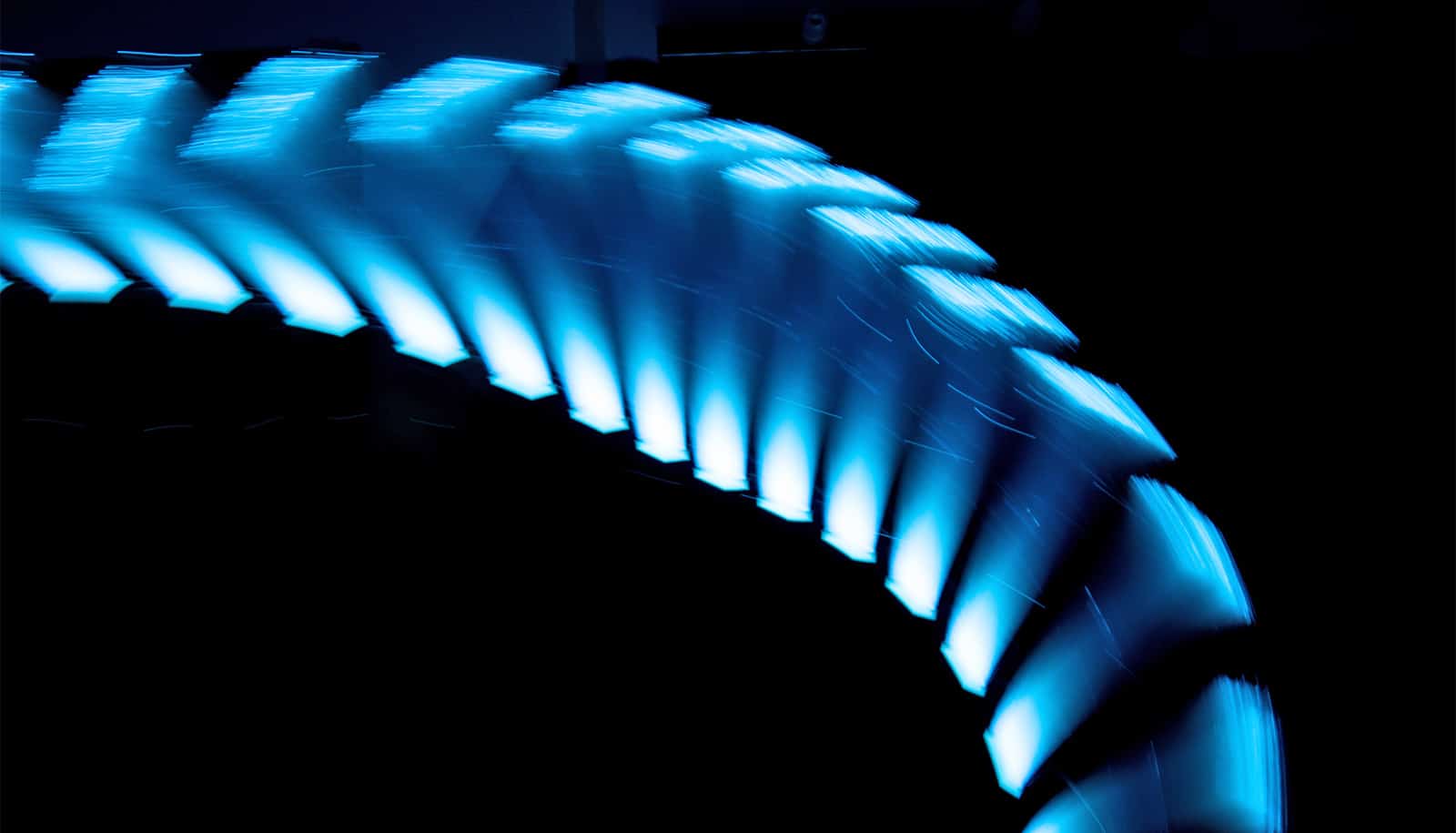Researchers report that injecting mice with biodegradable nanoparticles after spinal cord trauma prevented the inflammation and internal scarring that inhibits the repair process.
“It’s an exciting potential treatment. We really believe this is something we’ll be able to take to the clinic.”
After a spinal cord injury, a significant amount of secondary nerve damage results from inflammation and internal scarring that inhibits the ability of the nervous system to repair itself.
Mice with a spinal cord injury receiving the nanoparticle injection, however, were able to walk better after the injury than those that didn’t receive it.
The treatment could potentially limit secondary damage to the spinal cord in humans after an injury, if administered a few hours after the accident in an emergency room or by paramedics in an ambulance.
“It’s not a cure. There is still the original damage, but we were able to prevent the secondary damage,” says co-senior author Jack Kessler, a professor of neurology at Northwestern University Feinberg School of Medicine. “It’s an exciting potential treatment. We really believe this is something we’ll be able to take to the clinic.”
Further studies would need to confirm the safety of the injected nanoparticle, Kessler says, but he notes scientists haven’t seen any signs of toxicity so far.
The nanoparticles work by binding to the cells that cause the inflammation—inflammatory monocytes—and diverting them to the spleen. The particles are made of poly(lactic-co-glycolic) acid, a biocompatible substance already approved by the Food and Drug Administration (FDA) for use in re-absorbable sutures.
Developed in the lab of scientist Stephen Miller, the particles also are FDA approved as an investigational drug for a new clinical trial in celiac disease.
“The study results suggest nanoparticle infusion could offer a novel and practical potential treatment for human spinal cord injury, a condition for which there are currently no effective treatments,” says Miller, a research professor of microbiology-immunology.
After a spinal cord injury, blood cells that normally couldn’t enter the nervous system breech the protective blood brain barrier and flood the injury site. They release noxious chemicals, called inflammatory cytokines, which call in additional inflammatory blood cells. These cells further damage the central nervous system tissue by causing neuronal cell death and scar formation that blocks recovery from paralysis.
Salamander tails inspire new way to regrow nerves
Two types of neurons die. One type—myelin—surrounds the nerve fibers and allows them to carry signals through the nervous system. If the myelin sheath is lost, the cells can no longer conduct signals. The other cells that die are axons, the long fibers extending from the neurons that carry signals from neuron to neuron.
“The new treatment is unusual because it is potentially immediately translatable to human beings,” Kessler says. “All we have to do is literally inject these beads into the blood stream. It doesn’t require surgery or any fancy intervention.”
The tiny beads also are very stable and can be kept in a syringe, Kessler notes. “An emergency medical technician at the site of an accident or somebody in an emergency room when someone is brought in can give this injection immediately,” he says.
Other researchers have tried techniques to block inflammatory monocytes from entering the nervous system after a spinal cord injury, but those methods blocked beneficial and harmful cells. The beneficial cells actually clean up the damage from the trauma and limit the scarring, so previous efforts resulted in only a modest improvement in scarring, cell death, and repair.
‘Knit’ severed spinal cords with graphene ribbons
The study appears in the journal Neurobiology of Disease.
The nanoparticle technology is being developed commercially by Cour Pharmaceuticals Development Co., which is working with Miller to bring this new approach to patients. Miller is a cofounder of Cour and a member of the scientific advisory board.
Grants from the National Institute of Biomedical Imaging and Bioengineering and the National Institute of Neurological Disorders and Stroke, both of the National Institutes of Health, supported this research.
Source: Northwestern University



